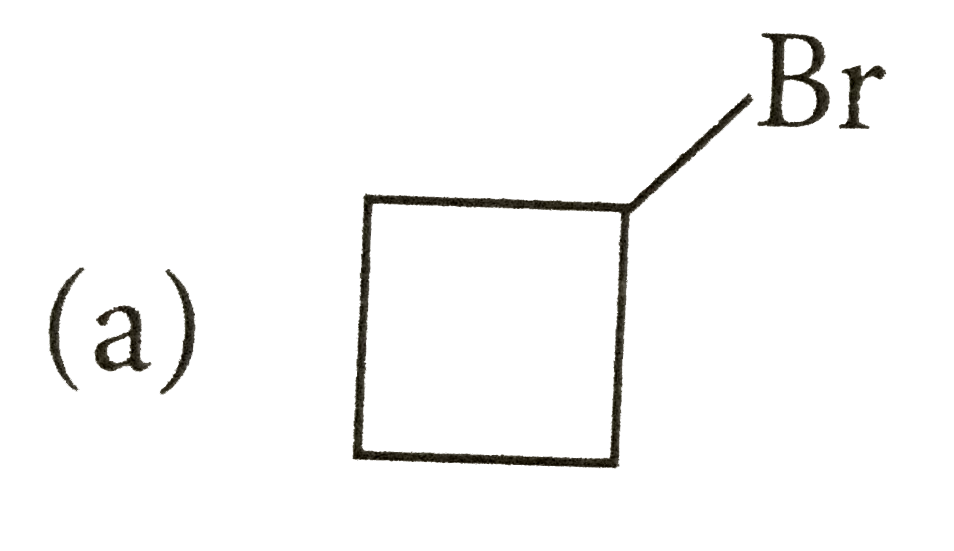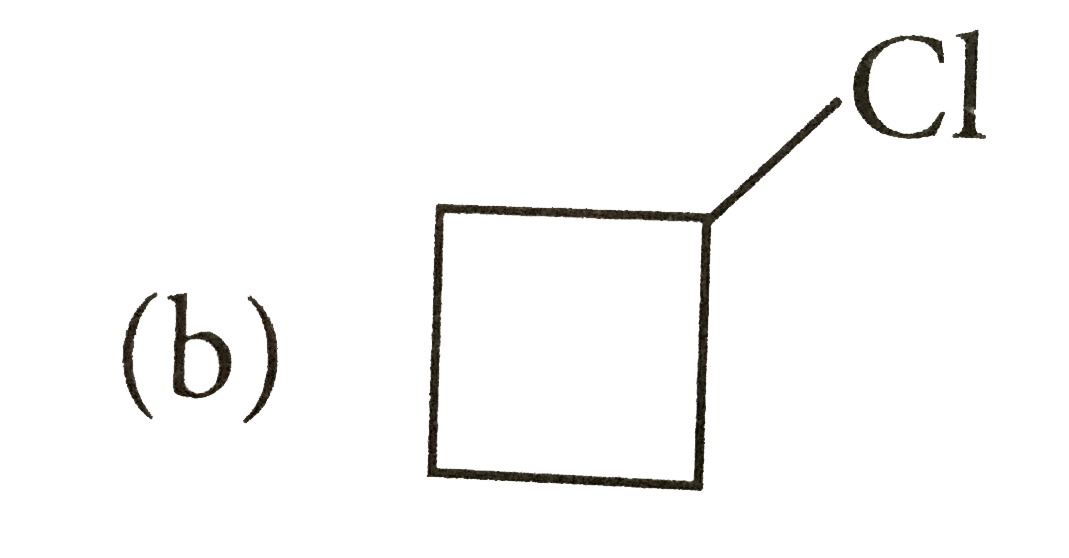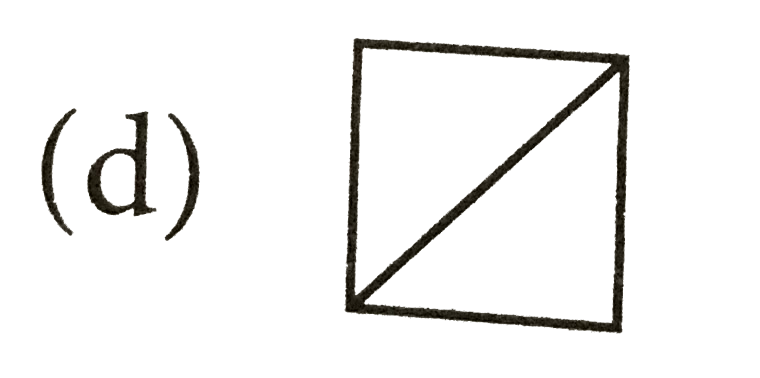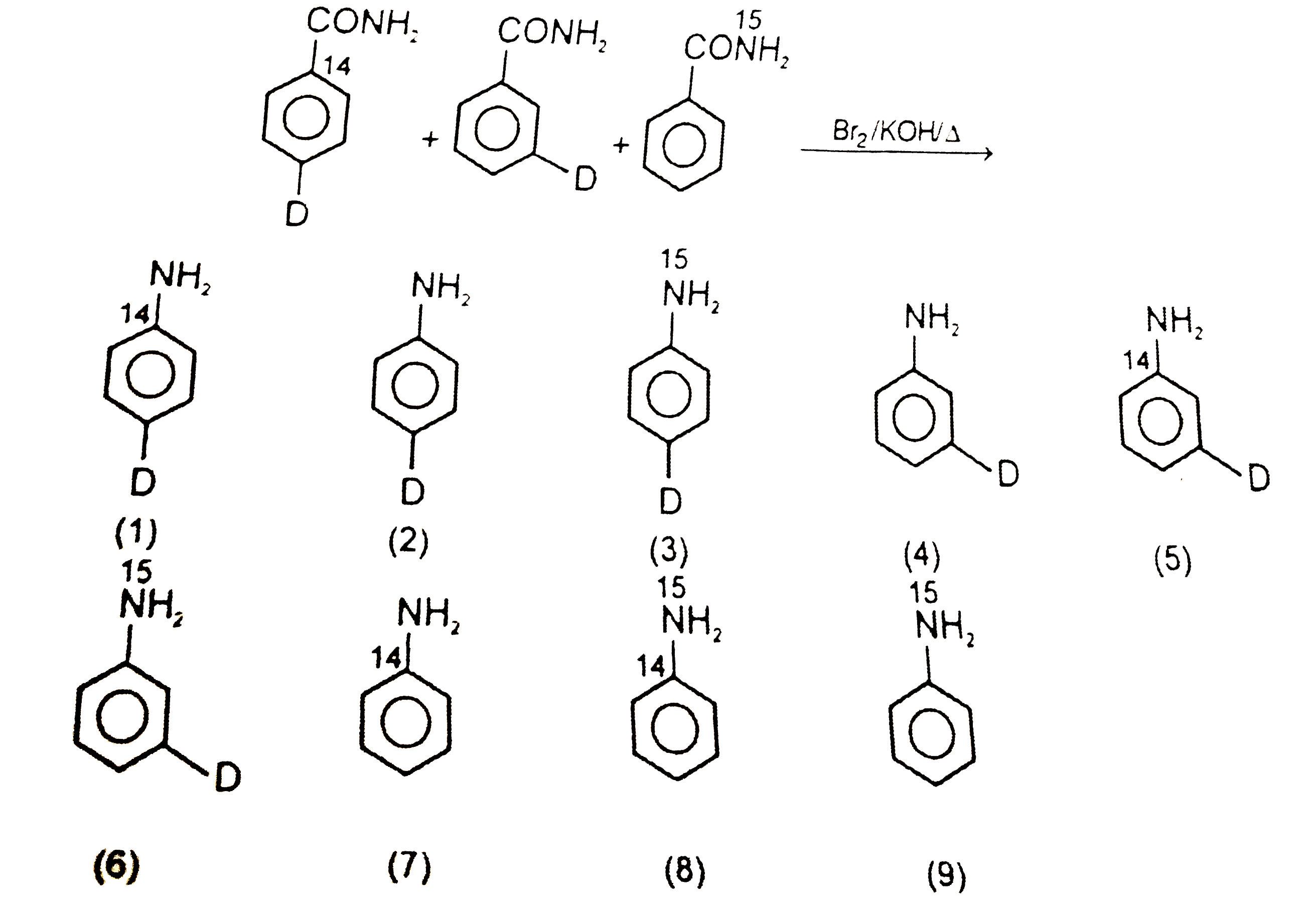A mixture of 1-iodoethane and 1-iodopropane is treated with sodium metal and dry ether to carry out Wurtz reaction. Which of the following hydrocarbons will be formed?
Propane+Hexane
Ethane+Propane
Butane+Propane
Butane+Pentane+Hexane
The correct Answer is:D
To solve the problem regarding the Wurtz reaction of a mixture of 1-iodoethane and 1-iodopropane, we will follow these steps:
Step 1: Understand the Wurtz Reaction
The Wurtz reaction involves the coupling of alkyl halides in the presence of sodium metal and dry ether. This reaction typically results in the formation of higher alkanes by combining two alkyl groups.
Hint: Remember that the Wurtz reaction uses sodium to generate free radicals from alkyl halides.
Step 2: Identify the Reactants
In this case, we have two reactants:
- 1-iodoethane (C2H5I)
- 1-iodopropane (C3H7I)
Hint: Write down the structures of the reactants to visualize the possible combinations.
Step 3: Determine the Possible Free Radicals
When 1-iodoethane and 1-iodopropane react with sodium, they will form free radicals:
- From 1-iodoethane: C2H5· (ethyl radical)
- From 1-iodopropane: C3H7· (propyl radical)
Hint: Free radicals are highly reactive and can combine in different ways.
Step 4: Combine the Free Radicals
The free radicals can combine in three possible ways:
1. Ethyl + Ethyl:
- C2H5· + C2H5· → C4H10 (butane)
2. Propyl + Propyl:
- C3H7· + C3H7· → C6H14 (hexane)
3. Ethyl + Propyl:
- C2H5· + C3H7· → C5H12 (pentane)
Hint: Consider all combinations of the free radicals to find the products.
Step 5: List the Products Formed
From the combinations, the products formed are:
- Butane (C4H10)
- Pentane (C5H12)
- Hexane (C6H14)
Hint: Ensure that you account for all possible combinations of the free radicals.
Conclusion
The hydrocarbons that will be formed from the Wurtz reaction of 1-iodoethane and 1-iodopropane are butane, pentane, and hexane.
Final Answer: Butane (C4H10), Pentane (C5H12), and Hexane (C6H14).
The Wurtz reaction involves the coupling of alkyl halides in the presence of sodium metal and dry ether. This reaction typically results in the formation of higher alkanes by combining two alkyl groups.
In this case, we have two reactants:
- 1-iodoethane (C2H5I)
- 1-iodopropane (C3H7I)
When 1-iodoethane and 1-iodopropane react with sodium, they will form free radicals:
- From 1-iodoethane: C2H5· (ethyl radical)
- From 1-iodopropane: C3H7· (propyl radical)
The free radicals can combine in three possible ways:
1. Ethyl + Ethyl:
- C2H5· + C2H5· → C4H10 (butane)
2. Propyl + Propyl:
- C3H7· + C3H7· → C6H14 (hexane)
3. Ethyl + Propyl:
- C2H5· + C3H7· → C5H12 (pentane)
From the combinations, the products formed are:
- Butane (C4H10)
- Pentane (C5H12)
- Hexane (C6H14)
The hydrocarbons that will be formed from the Wurtz reaction of 1-iodoethane and 1-iodopropane are butane, pentane, and hexane.
Topper's Solved these Questions
- BOOK - NCERT FINGERTPS ENGLISHCHAPTER - HYDROCARBONS EXERCISE - Higher Order Thinkin Skills7videos
HYDROCARBONS
- BOOK - NCERT FINGERTPS ENGLISHCHAPTER - HYDROCARBONS EXERCISE - Assertion & Reason15videos
HYDROCARBONS
- BOOK - NCERT FINGERTPS ENGLISHCHAPTER - EQUILIBRIUM EXERCISE - Assertion And Reason15videos
EQUILIBRIUM
- BOOK - NCERT FINGERTPS ENGLISHCHAPTER - HYDROGEN EXERCISE - Assertion And Reason15videos
HYDROGEN
Similar Questions
Knowledge Check
- Question 1 - Select One or More
Which of the following compounds will give E1 reaction?
A BPh−Br∣CH−CH3CH2C=CH−Cl∣CH−CH3D
BPh−Br∣CH−CH3CH2C=CH−Cl∣CH−CH3D
- Question 2 - Select One
1-Bromo-3-chlorocyclobutane is treated with two equivalents of Na, in the presence of ether. Which of the following compounds will be formed.
A B
B C
C D
D
A mixture of ethyl iodide and n - propyl iodide is treated with sodium metal in presence of ethoxyethane . The hydrocarbon which is not formed is
View SolutionWhich one of the following work best to carry out the reaction?
 View Solution
View SolutionWhich of the following reagent is not used to carry out the reaction
_2019_CBT6_E01_003_Q01.png) View Solution
View SolutionWhat will be the product formed when chlorobenzene is heated with sodium metal in the presence of dry ether?
View SolutionIf acetylene is reacted with an excess of sodium metal in hexane
and the reaction product is treated with 1-bromopropane ,
the final product will beView SolutionWhich of the following reaction will not form racemic mixture as product?
View Solution


